Hot Diet & Health Posts


News: Is That What I Think It Is?
More CPR education (the super gratuitously sexy way). If you're hypnotized and you missed Lesson #1, now would be the time to check it out... Previously, HowTo: Learn CPR (the Super Sexy Way).

How To: Use proper draping techniques during a gynecology exam
In Obstetrics and Gynecology (OB/GYN), doctors deal specifically with the female reproductive organs, which means a lot of visual inspection of the vaginal area. Whether you're a doctor, surgeon, nurse, or nursing assistant, knowing how to properly drape a patient is detrimental to the patient feeling protected and secure with the hospital staff, along with having some privacy. This video will cover different types of draping techniques.

How To: Perform a ophthalmoscopic exam of a patient's eye
If you're a first year medical student, this is one of the skills you will be learning when training to become a doctor or physician— the ophthalmoscopic exam, which is an instrument for visually inspecting the retina and other parts of the human eye. Every doctor will carry an ophthalmoscope around in his/her pocket daily, so it's necessary that this would be one the first things you should learn in medical school. See how to examine the undilated eye, in five steps.
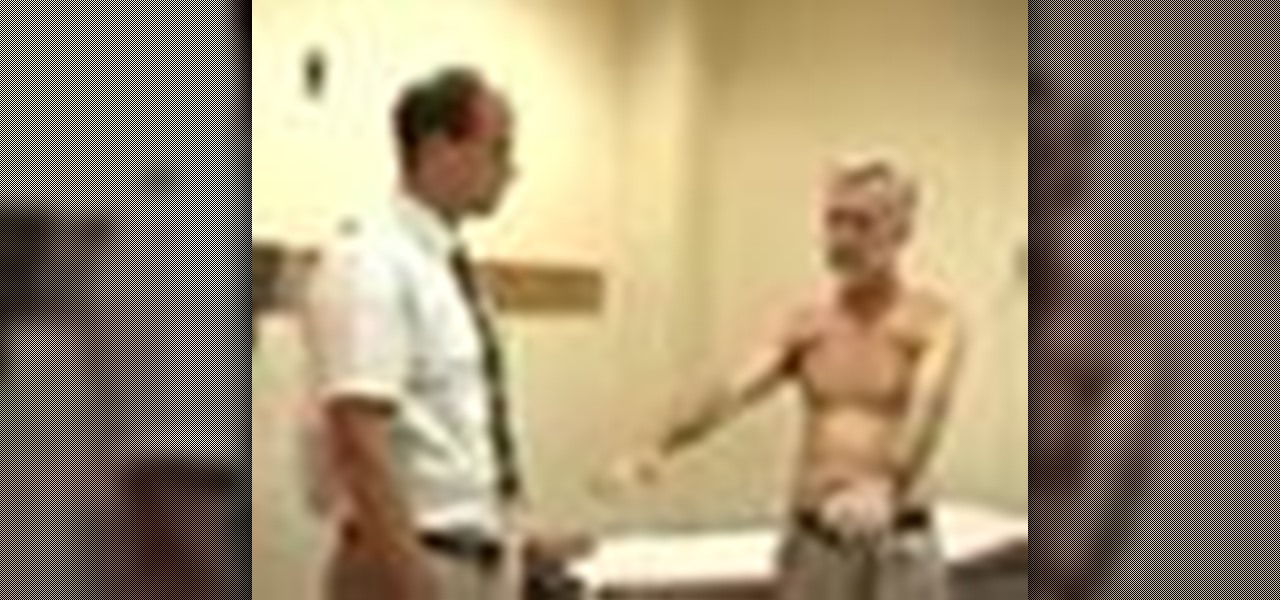
How To: Perform a general shoulder exam on a patient
In this video lesson for doctors, you will learn how to do a shoulder examination. First, you'll get a review of the procedures for evaluating any joint, and then jump into the basics of inspection of the shoulder, then learn palpation, and range of motion. This is a very general shoulder examination, meant to serve as a refresher course for those medical doctors or medical students who already know the exam procedure.

How To: Perform a brief neurological exam on a patient
A brief neurologic examination includes six sections: 1) mental status exam, 2) testing cranial nerves, 3) sensation exam, 4) testing strength, 5) deep tendon reflexes exam, and 6) coordination exam. Eve Bargmann, M.D., shows doctors how to perform this neurological examination on a patient. You will need to do a full neuralgic exam (not in video) if any abnormalities are found. But this is just a brief screening exam during a general physical exam.

How To: Perform a full abdomen exam on a patient
This video will teach doctor and medical students how to perform a full abdomen examination. John D. Gazewood, MD, MSPH, will show you the whole process, from the first steps of inspecting the abdomen, looking for abdominal contour and symmetry, to auscultation, percussion, and palpation of the abdomen. Some common findings during the inspection phase of the exam could be scars, striae, colors, jaundice, and prominent veins.

How To: Examine the heart and blood vessels (cardiac exam)
Eve Bargmann, M.D., will teach doctors in this video how to perform an examination of the patient's heart and blood vessels. As with any examination, you should start out with inspection. Start off with the jugular venous pulse, then examine the heart by palpation and auscultation with bell and diaphragm of the stethoscope, and lastly examine the blood vessels.

How To: Perform a full cardiac exam on a patient (heart exam)
In this video, doctors can learn how to perform a full cardiac examination on a patient. The very first thing a doctor should do is visually inspect the patient, because there's a lot that can be gained by simply examining by eye. You'll want to carefully examine the respiratory pattern of the patient, the nature of their precordium, the anterior part of their chest over the heart. Feeling the pulse is also necessary when starting out this heart exam. To learn more, watch the full video.
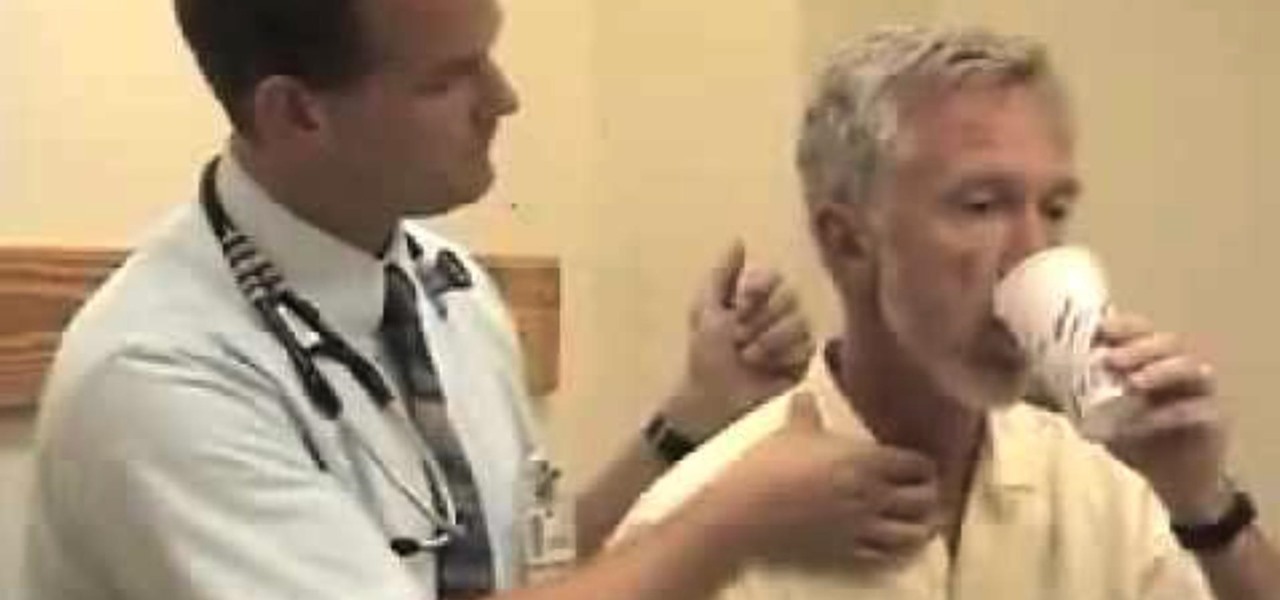
How To: Perform a Full HEENT Exam on a Patient
After performing a Vital Signs examination on a patient, usually, the next step for a doctor is performing the HEENT.

How To: Perform a full chest exam on a patient
When you're examining a patient's chest, you start out by simply looking at them— by inspection. It will be hard to count the respirations visually on a healthy person's chest because it moves so little, but in a patient with respiratory distress, the chest might be overactive and strain may show in the neck muscles. Eve Bargmann, M.D., will also teach doctors about palpation, percussion, and auscultation of the chest and back.
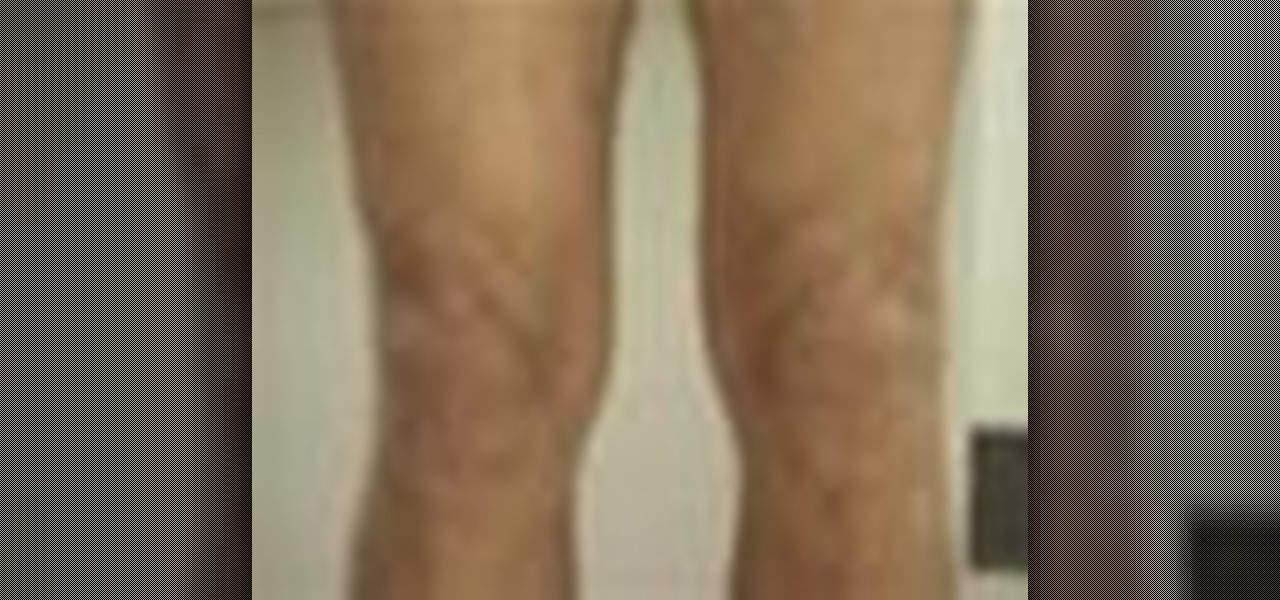
How To: Perform a lower extremity exam on a patient
In this medical video, learn the process of examining the lower extremity of the body. See demonstrations of how you inspect the lower extremity, how you palpate and then perform passive range of motion of the hip, knee and ankle. John D. Gazewood, MD, MSPH, will also teach doctors special maneuvers to help examine a knee injury. With any type of musculoskeletal exam, you're looking for things like deformity, swelling, and changes in coloration.

How To: Perform an upper extremity exam on a patient
This video will show doctors the process of examining the upper extremity of the body. When you exam the extremities or any joints, it's good to have a systematic approach to how you will examine each joint. Learn about the inspection of each joint, range of motion, palpation and strength testing from Eve Bargmann, M.D. When examining the upper extremity, you should start with the shoulder and work you way down to the elbow, then the wrist, and lastly, the hand.
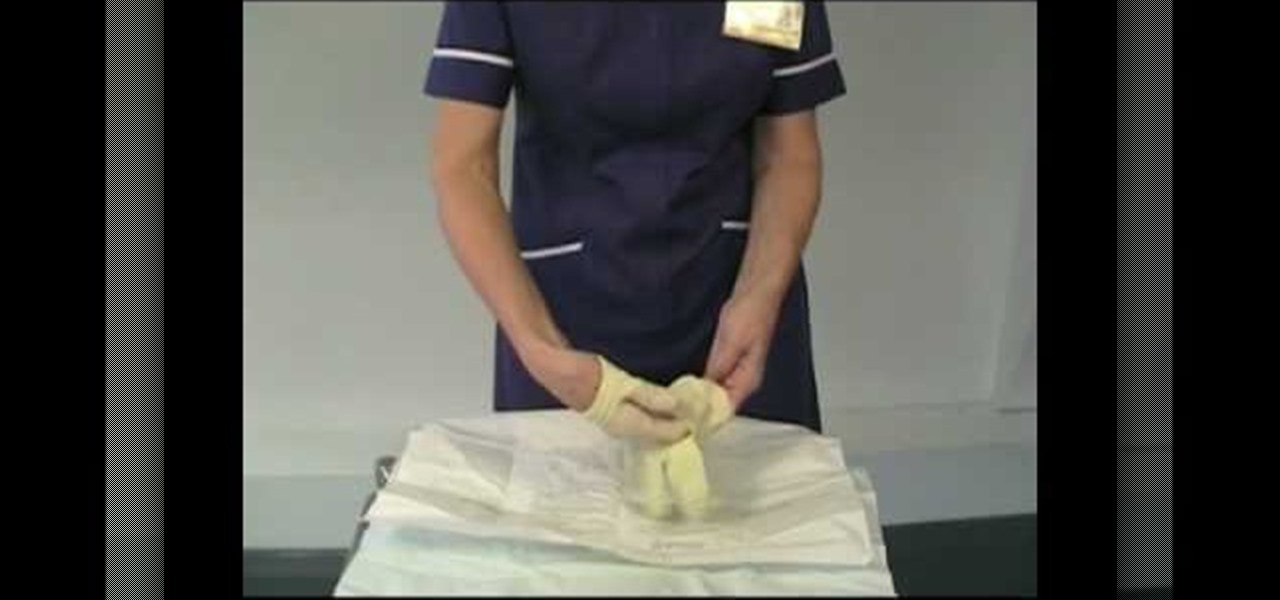
How To: Put sterile gloves on properly
Disposable, sterile gloves are one of the most important part of hospital safety, making sure that the hands that touch the patients are not going to make them sicker. However, putting on sterile gloves incorrectly can cause the germs from your hands to get on the gloves, ruining their sterility. This quick video details how to put sterile gloves on properly to maximize patient safety.
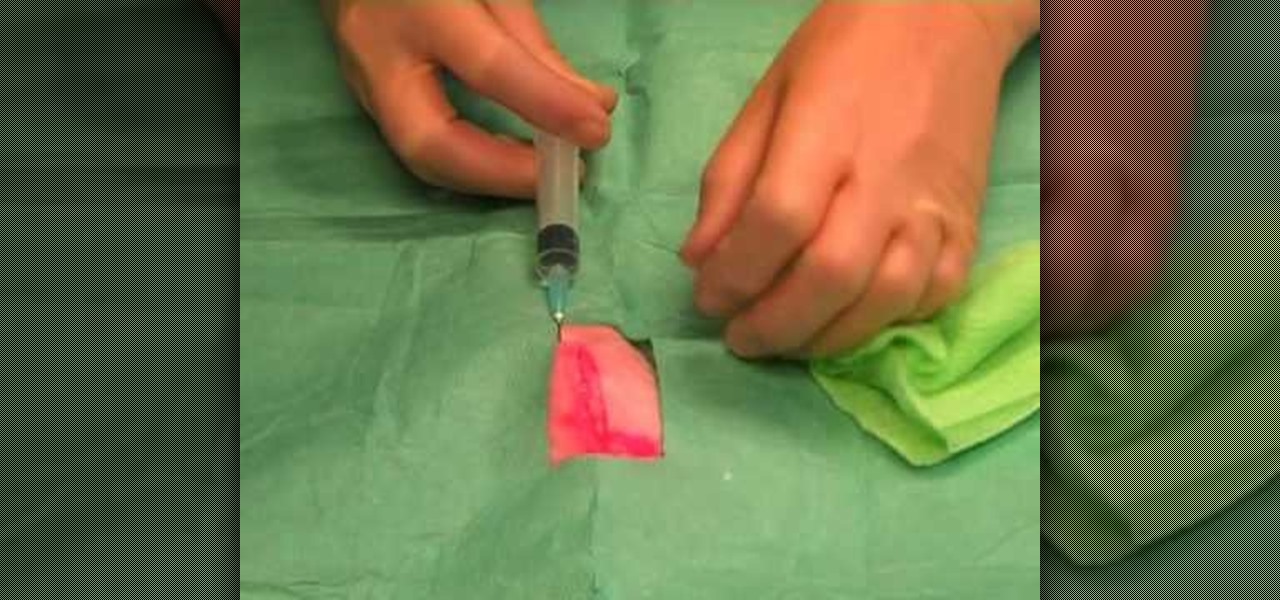
How To: Suture a wound in a hospital setting
Suturing wounds is one of the most important parts of any doctor's job, and learning how to do so should be among the first priorities of any medical student. This three-part video covers all of the basics of suturing a wound in a hospital setting. It features information on infiltrating anesthetic, choosing how many sutures to use, and other techniques.
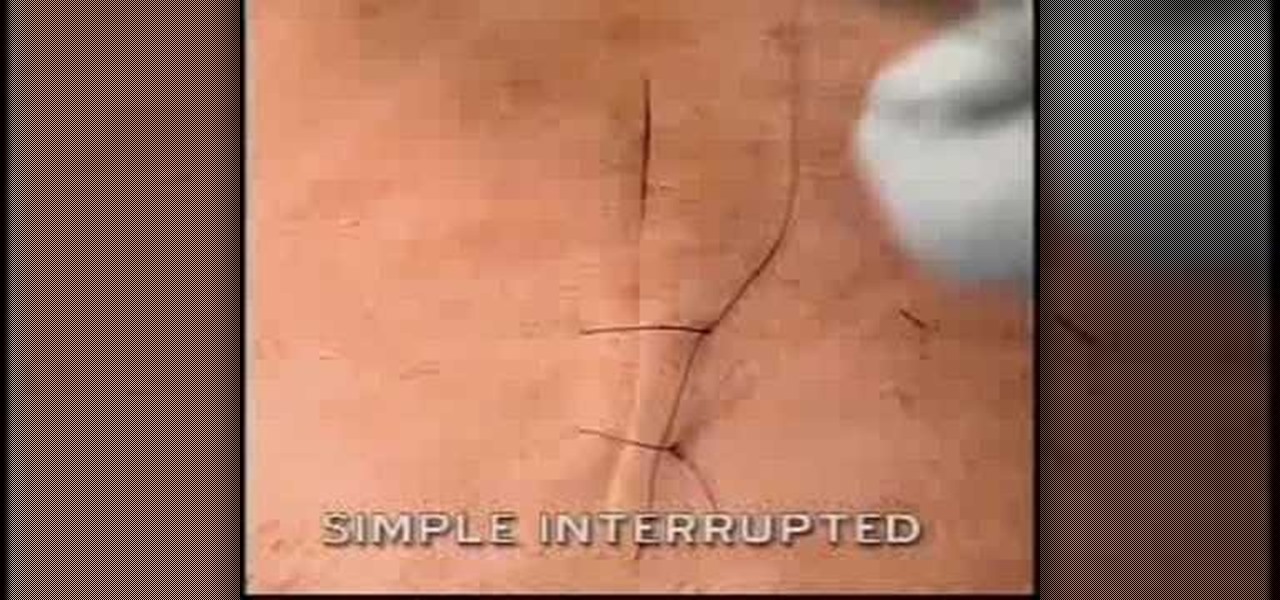
How To: Use the simple interrupted suturing technique
In the wide world of suturing techniques, the simple interrupted suture is perhaps the simplest and most common. This video details and demonstrates how to perform such a suture. This will be a very handy video for anyone new to the field of medicine looking to improve their surgical skills.
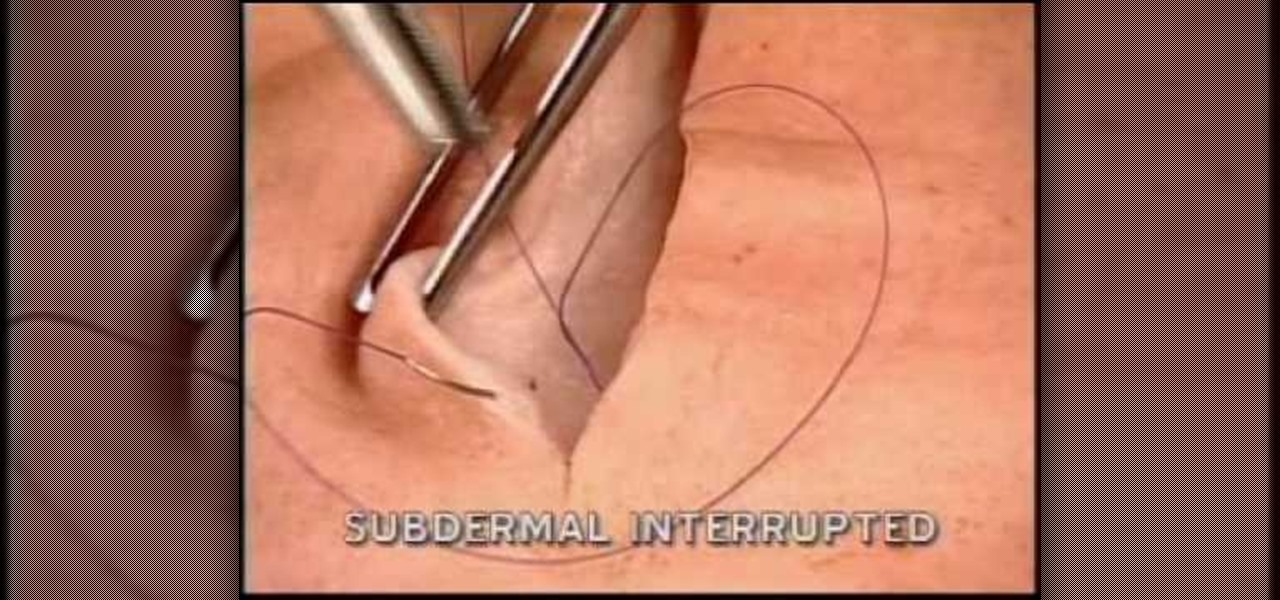
How To: Use subdermal interrupted suturing on a patient
The subdermal interrupted suture is a complicated, difficult type of suturing. It does have advantages, however, as the resulting suture is both strong and cosmetically pleasing. This video walks you through performing the stitch, and should make it easier to use this effective suturing procedure on your patients.
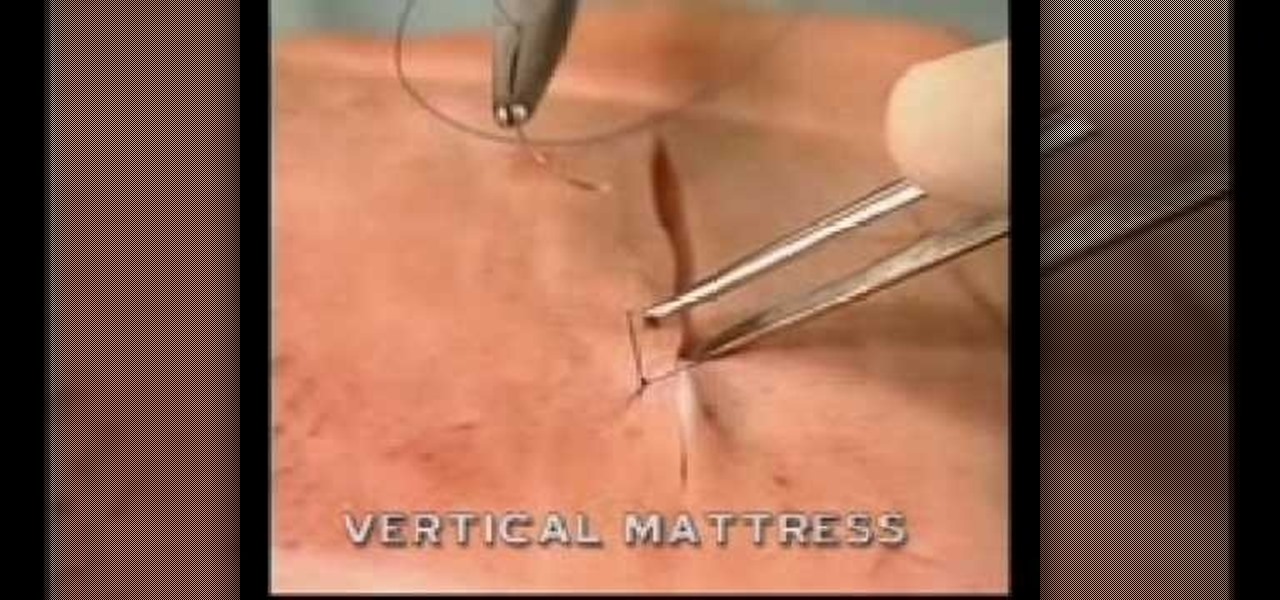
How To: Perform a vertical mattress suture during surgery
There are almost as many types of sutures as there are types of wounds that a human can sustain. This video instructs the viewer in performing one popular type of suture: the vertical mattress stitch. This type of stitch is relatively simple and strong, and thus a good choice for many types of wounds.
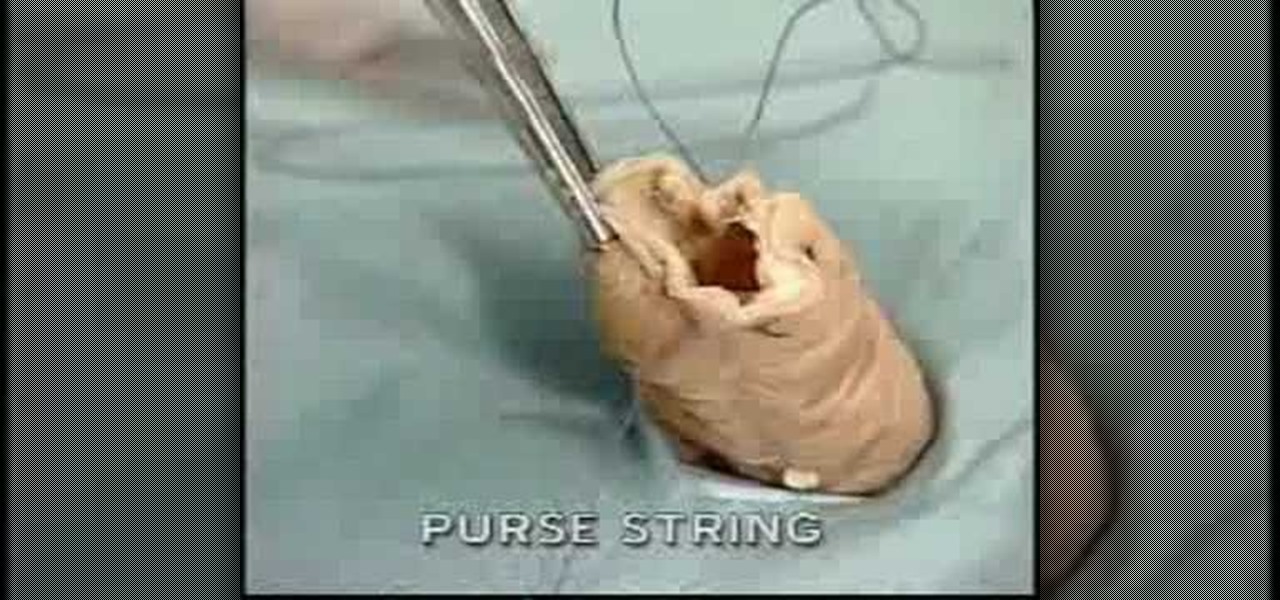
How To: Use a purse string suture during surgery
The purse string stitch is one of the more specialized stitches used during surgery: the purse string suture. This suture is used to seal an opening in a hollow organ in the body, like when a feeding tube is being inserted. It is a challenging maneuver, and mostly useful in internal medicine rather than external, but knowing it is essential to several types of surgery.

How To: Use a horizontal mattress suture on a wound
This video for surgeons contains step-by-step instructions for how to and a demonstration of using a horizontal mattress suture on a human patient. The horizontal mattress stitch is used to seal wounds without putting pressure on them, which allows them to heal faster.

How To: Suture the dog ear of a wound closed
When a wound is particularly messy or has been sutured improperly, a dog ear can form. A dog ear is a flap of skin that does not fit cleanly into the suturing of the rest of the wound. This video features a doctor explaining how to suture a dog ear properly. One handy tip: if you lengthen the laceration away from the dog ear, the skin will hang looser and be easier to suture. Counterintuitive, but effective.
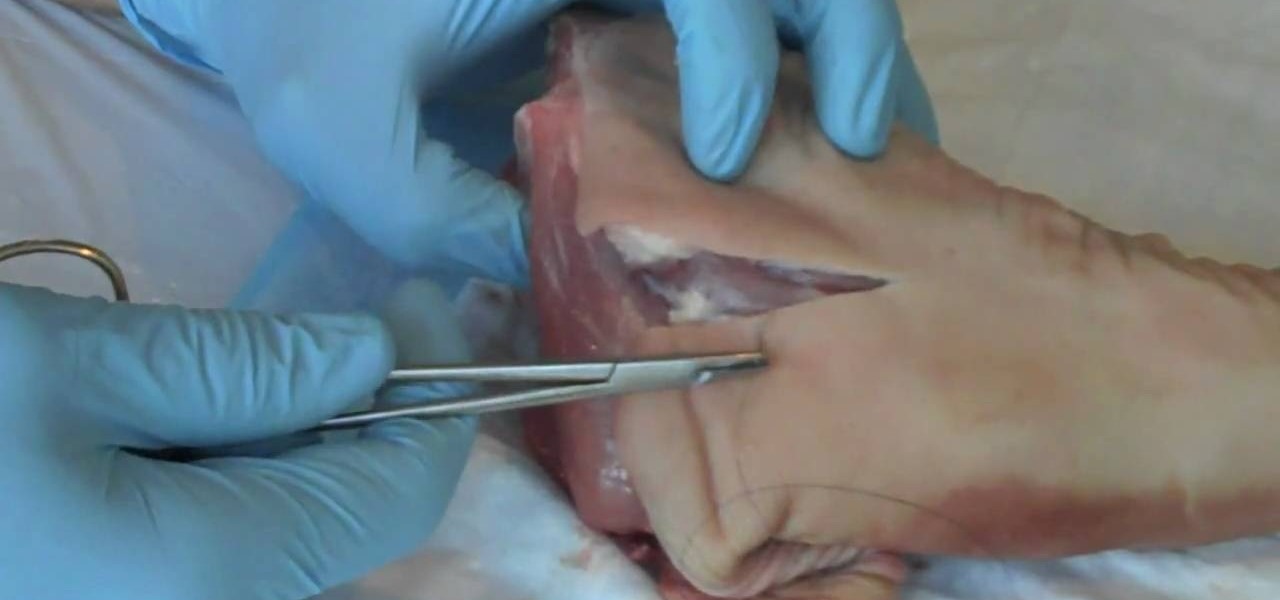
How To: Use proper suture technique with your patient
Performing sutures properly is one of the most important and basic parts of being a successful doctor, especially in a hospital environment. This two-part video features an overview of proper suture technique, from how to hold the needle to some common sense advice for avoiding mistakes.
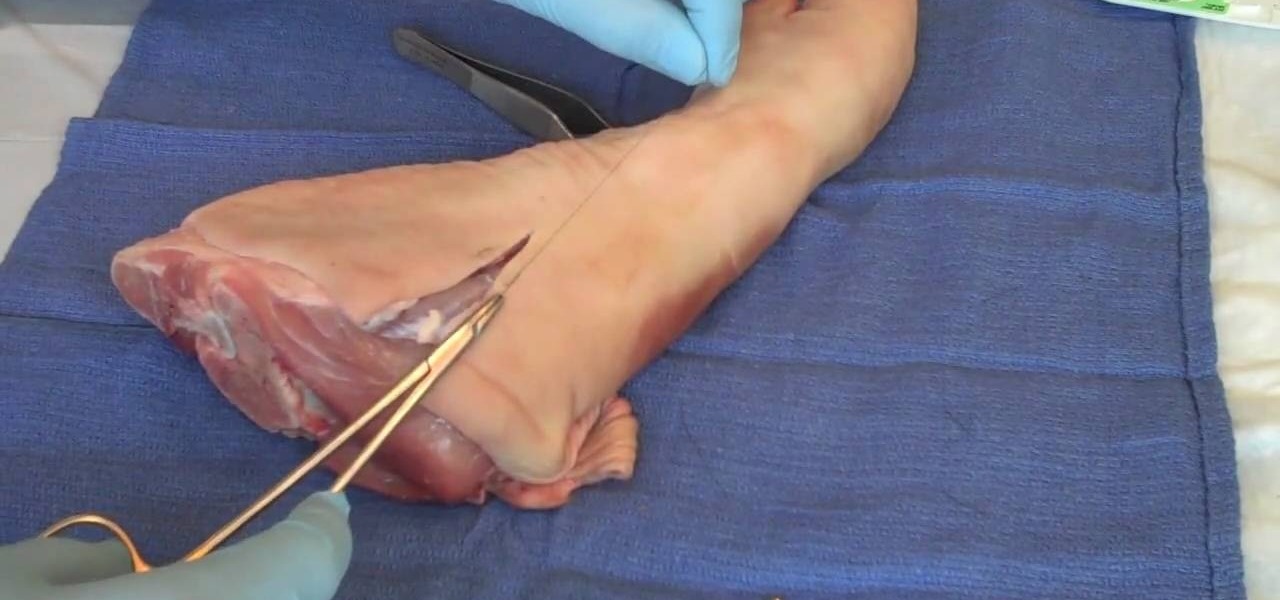
How To: Perform a horizontal mattress suture on a patient
The horizontal mattress suture allows the doctor or nurse performing them to minimize the tension being applied to a patient's wound by the stitch, which facilitates healing. This video features a doctor demonstrating how to perform such a suture on a pig's leg, teaching you one of the techniques that will help make you a more successful medical professional.
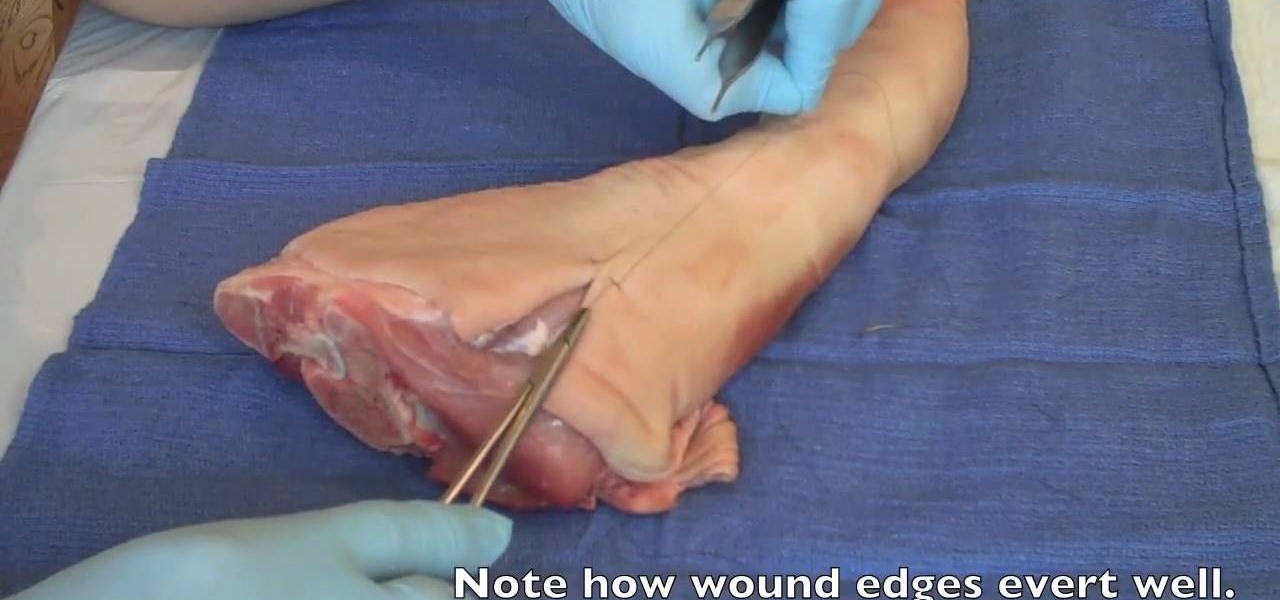
How To: Perform a vertical mattress suture on a patient
The vertical mattress suture is one of the most common stitches used in Western medicine. this video features a demonstration of a vertical mattress suture on a big legs. This video will make a handy reference for any medical, veterinary, or nursing student looking to improve their suturing techniques.

How To: Do open heart surgery on a patient simulator safely
A common problem with human patient simulators is that they are very easy to break. In this tutorial, learn how to perform simulated open heart surgery on a HPS without breaking any of the mechanisms inside his chest. This video will demonstrate how to modifiy a human patient simulator (HPS) for open heart surgery/thoracotomy proceudres in the simulation center. Although the video demonstrates the method on a Laerdal Sim Man, the technique can be appled to other simulators.
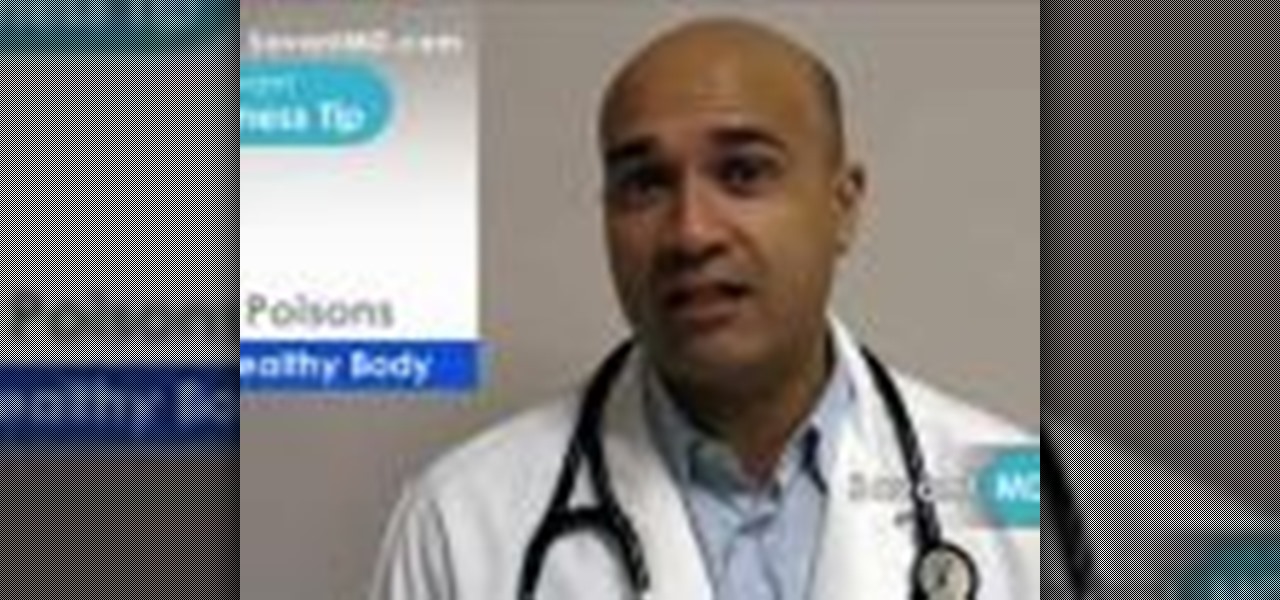
How To: Recognize and prevent poisoning in yourself and others
Poisoning can happen to both children and adults, and is one of the most preventable forms of illness that exists. Poisoning can sneak up on your in various ways including household products, expired medications, foods and even alcohol. So, take the tips in this clip from Dr. Savant and avoid this unnecessary illness in your household.

How To: Prevent and treat heart disease in women
In this clip, Dr. Savant gives you information and tips on how to prevent or recognize heart disease in females. It is important to remember that heart disease affects women, too, and should not be overlooked. Check out this clip and be prepared.
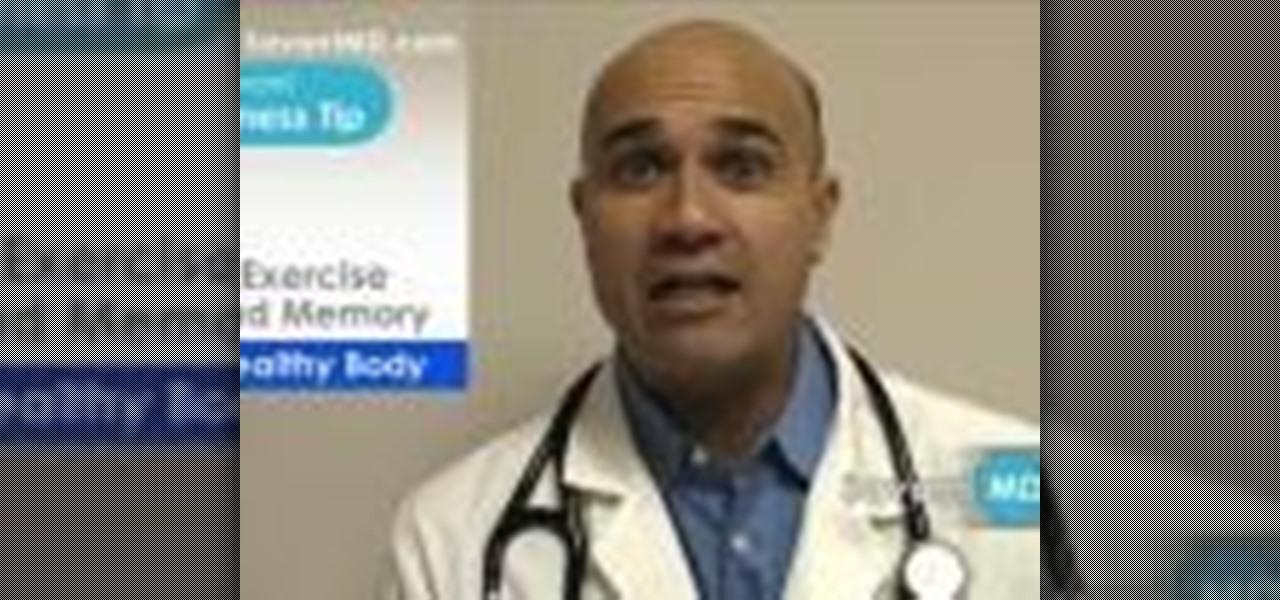
How To: Exercise regularly to improve your memory
In this clip, Dr. Savant tells us how to improve our memory by exercising on a regular basis. By maintaining fitness levels we can improve our minds as well as out bodies.
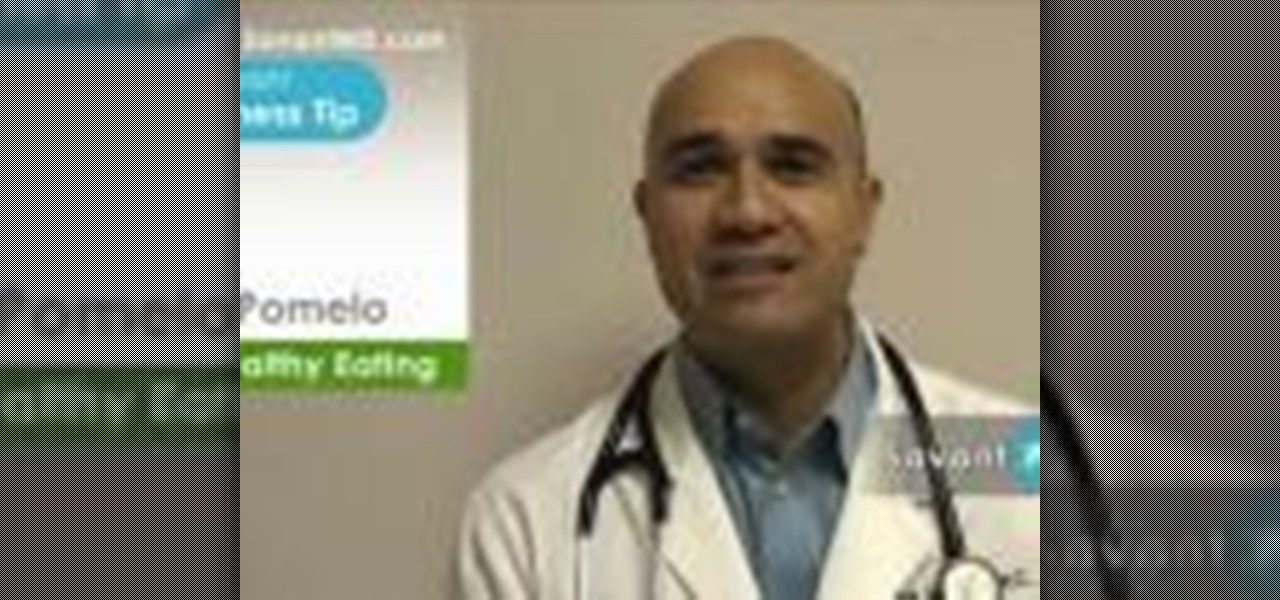
How To: Enjoy pomelos as part of a healthy diet
Pomelos are large yellow grapefruit like fruit that are often found in Chinese markets during the winter and early Spring. If you are wondering what these fruits are and when the best time is to buy one, check out this quick advice from Dr. Savant. The good doctor will tell you all about his favorite fruit.

How To: Increase your burn awareness and treat burns properly
Did you know that over a million people a year suffer from the effect of burns and over 1/3 of them wind up in the emergency room? If you have a burn of any kind, check out this clip. Dr. Savant will teach you exactly how to deal with burns of all degrees, from slight surface burns to deeper, higher degree singes. So, check out this clip and prepare, just in case!

How To: Perform fundoscopy or opthalmoscopy on a patient
The opthalmoscope is one of most basic tools of the modern opthamologist, and is essential to the diagnosis of the eyes. This five-part video, performed by a medical student, will walk you through the necessary steps in performing fundoscopy or opthamalscopy on a patient, covering talking to the patient, an overview of the equipment, and all of the rest of the information that you will need.

How To: Suture a wound with a first aid kit in austere conditions
In a wilderness survival situation, someone in your group suffering a major laceration is a catastrophe. Achieving sterility and suturing the wound closed will both be very difficult to achieve. This four-part video series features a detailed explanation and demonstration of how to use a basic first aid kit to suture a wound closed in an austere situation, such as out in the wilderness. Suturing a wound closed in an austere setting is a last resort, but knowing how to do it could keep you or ...
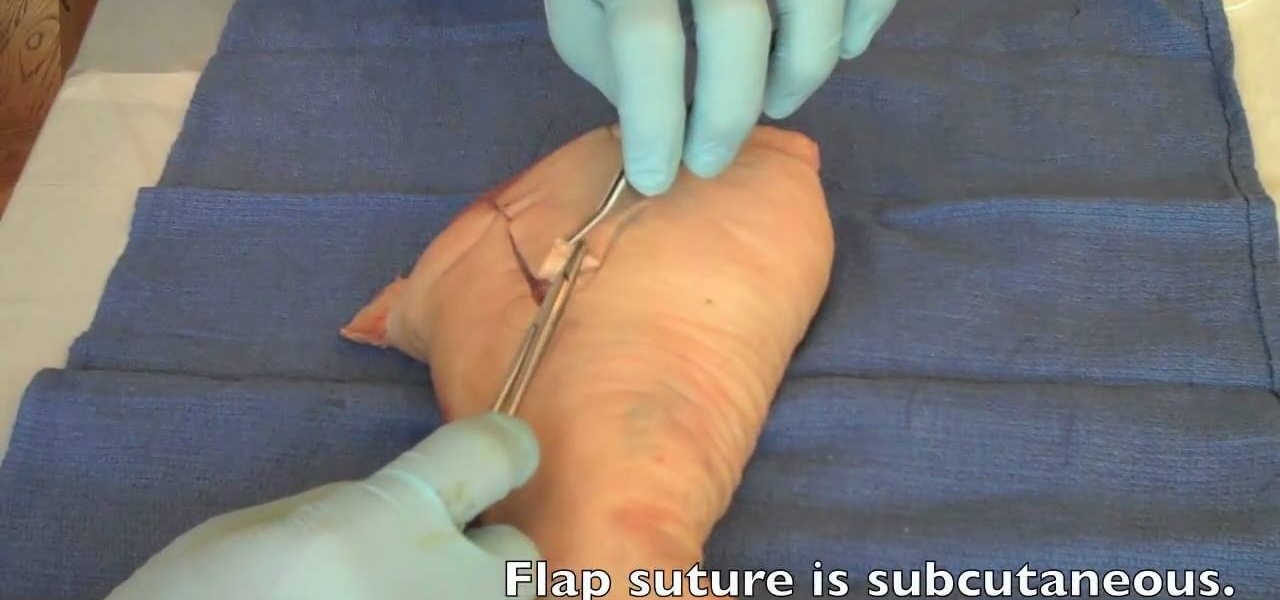
How To: Suture a wound with a skin flap closed
Many lacerations feature skin flaps dangling from the wound, begging to be reattached. It is very challenging to suture such a wound and reattach the skin without causing it to bunch up or hang too loosely. This medical demonstration video features a doctor explaining how to do just that, performing a flap suture quickly and efficiently.
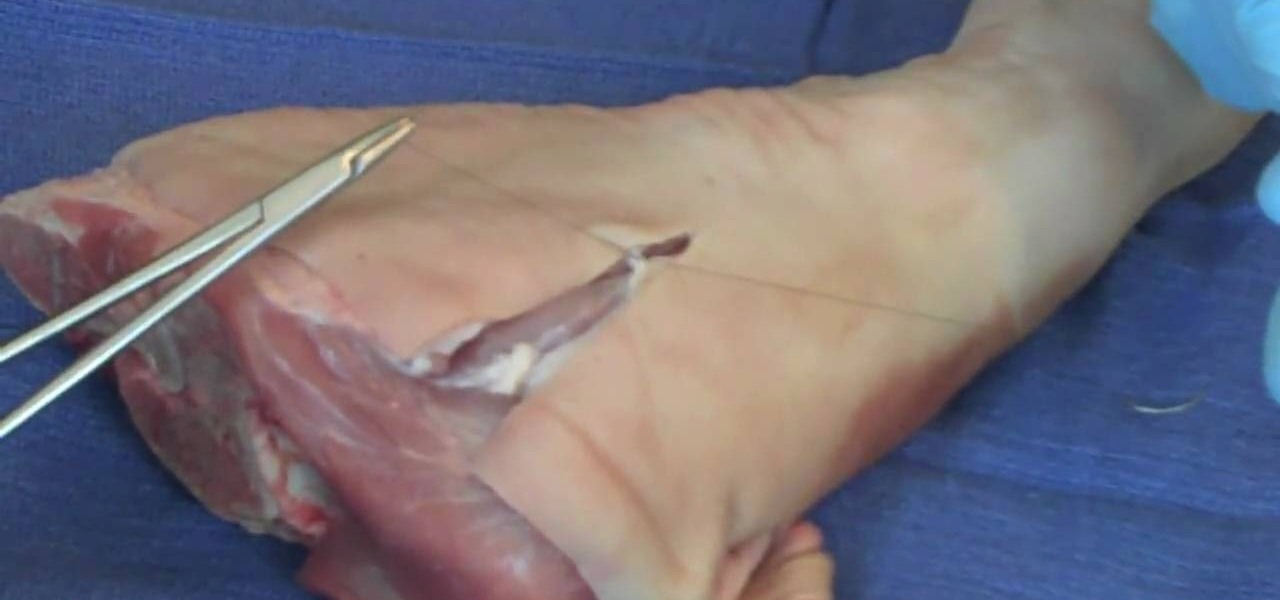
How To: Perform a subcutaneous suture on a patient
Just as there are many different ways to cut your skin, there are many ways to suture it back together again. This medical demonstrating videos features the subcutaneous stitch, one popular type of suture used by doctors and surgeons everywhere, especially on deep wounds.
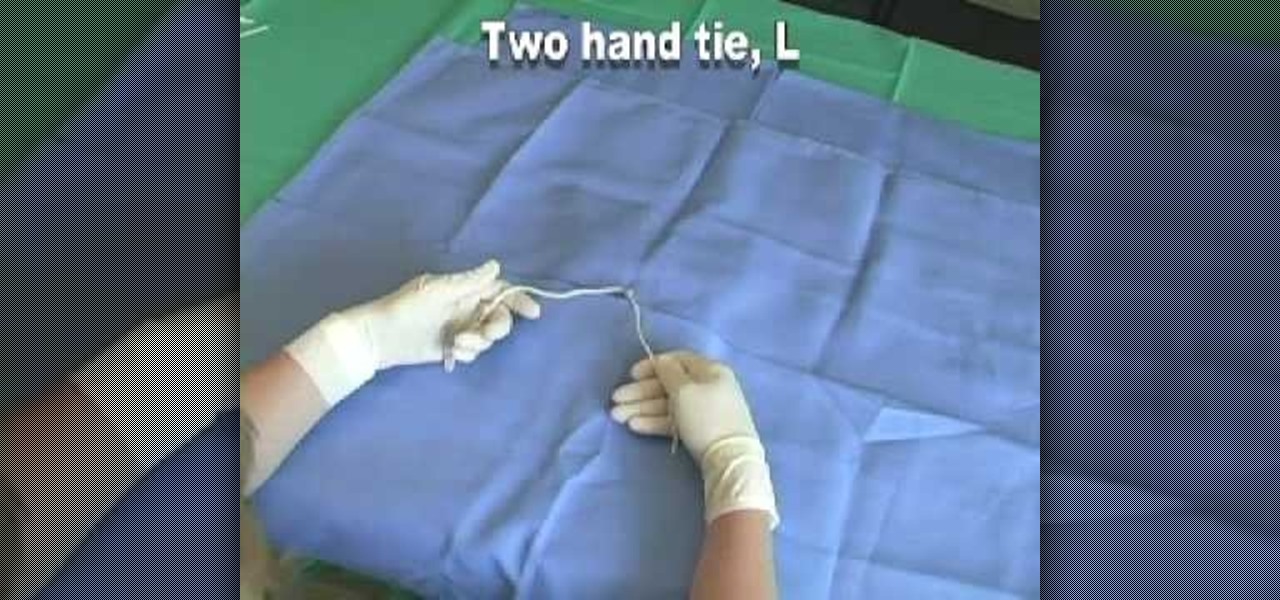
How To: Perform left handed two hand suture ties on an animal
If you are a veterinary student and need to learn how to do hand ties, these videos will help you. These educational videos were created by Lara Rasmussen, DVM and Eva Jaeger, RVT in 2003 and in this clip learn how to perform left handed two hand suture ties on most animals. Practice makes perfect and soon you will be ready to save the day.

How To: Incorporate foods to help lower cholesterol
Cholesterol can be both a good and bad thing for your body. So it's important to know how to differentiate between what makes it bad and good. In this tutorial, you'll find out what foods you can use to help lower your cholesterol. So good luck, take care, and enjoy!

How To: Help someone through depression
If you know someone who is going through depression, it's important to know that it's no laughing matter. It can be a tough time, where the person may feel like their entire life and world around them is nothing. It's important to be there for them and help them in any way necessary. In this video tutorial, you'll find out more on how to help someone who is going through a depression. Good luck!

How To: Make a cough syrup with apple cider and vinegar
There are many remedies out there that claim to be the one solution to treating a cough. Although many of them have worked, there's not one solid solution for it, so people tend to try what best works for them. If you have a cough and are looking for a way to get rid of it, this tutorial may be of some assistance. In the video you'll find out what ingredients it takes to make a cough syrup that features apple cider and vinegar. So good luck and hope you feel better!

How To: Make a home made cough syrup
Although this is not highly recommended, but it still works, you can make your own homemade cough syrup using a few simple ingredients. This is helpful for anyone who is feeling sick and wants to get better in a short amount of time. So, good luck and enjoy!

How To: Treat and prevent MRSA infection
Methicillin-resistant Staphylococcus aureus, otherwise known as MRSA, is a bacterial staph

How To: De-stress in 5 minutes with Dr. Oz
Are you feeling overwhelmed these days? Are you a stress case that can't stop to take a moment for yourself? Thank goodness there are people out there like Dr. Oz looking to help you! In this video, learn how to de-stress yourself in only five minutes with help and guidance from the man himself, Dr. Oz! De-stress in 5 minutes with Dr. Oz.






